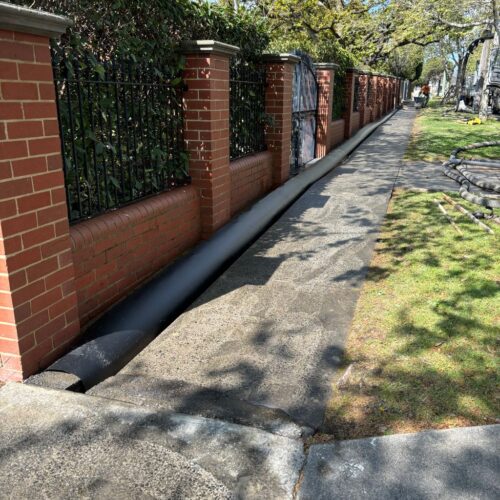When non destructive excavation in Melbourne is done, the water breaks up the dirt surrounding a tree's roots, which are then carefully cut to safeguard the tree's health. Non-destructive digging is now the most used form of excavation, and it has a variety of uses as it does no damage to nearby structures. Non-destructive digging is quite simple as it uses a pressurised water jet spray to make the soil or ground soft, and eventually the soil is removed using this method. Non-destructive digging is suitable for digging up to depths of slightly more than two metres which is quite significant depth for city infrastructure and is quite fast and efficient.
NDD Services and It’s Importance in the Context of Infrastructure
Even though tree roots are very important for a tree’s growth and health but sometimes haphazard growth of roots can be very problematic. A tree root barrier membrane needs to be installed in such cases around the trees’ roots to prevent expansion. The digging of the ground or soil in such cases can be easily done by non-destructive digging, as it can be done even in very congested spaces. In the NDD method the structures like utility pipes, plumbing pipes, etc, do not get damaged and only the soil is removed. The root barrier membrane is then installed, which forces the roots to grow downward rather than sideways, which protects the nearby structures like buildings, walls, foundations, etc.
NDD is a modern excavation process that combines high-pressure water and vacuum systems to disclose tree roots and subsurface utilities while causing no harm. This strategy is ideal for sensitive circumstances where underground assets must be protected while environmental impact is minimised. It is commonly used in tasks like infrastructure maintenance, arboriculture, and civil construction. Cable trenching services are essential for ensuring that cables are properly laid and maintained while NDD excavation also enables precision trench digging and root trimming on fruit plants.
Non-destructive digging provides a very precise and effective alternative to conventional excavation while also minimising the chance of utility strikes and improving working conditions. Get quotes from the leading companies that offer non-destructive excavation services for a variety of projects.






